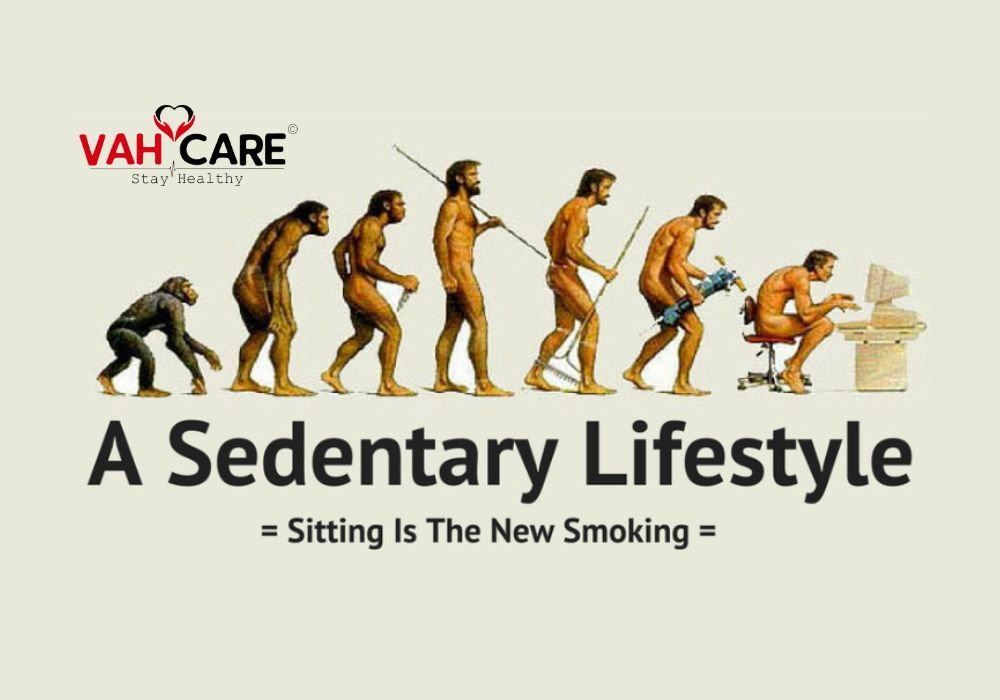

Modern lifestyle has made sitting in front of screen for long hours a part of everyday life for many of us.
This is leading to poor posture, muscle weakening, and increasing cases of back, neck, and shoulder pain among young people.
The couch–potato lifestyle is linked to every single health condition right from neck and back pains to sciatica to obesity and indigestion
Here are few helpful desk job health hacks👇
1️⃣Take regular breaks to stand up and move around while working – once every hour.
For every hour of sitting, stand for 3 minutes.
Creating a flexible work system, like using standing desks and taking calls while walking is another trick to bring some activity to the daily routine.
2️⃣Use a Standing Desk
Many people spend the majority of their workday sitting at a desk. However, using a standing desk can help incorporate movement and improve posture.
🔸Stand up while you read emails or reports.
🔸Move your rubbish bin away from your desk so you have to get up to throw anything away.
🔸Use the speaker phone for conference calls and walk around the room during the calls.
3️⃣Post Meal walk
This is the simplest practice you can adopt to make sure your gut health is in place as well as blood sugar levels are balanced. You can do 10-15 mins of mild walking, after you finish your meal.
Doing it after breakfast, lunch and dinner will make sure your activity through the day is well divided.
4️⃣The 20-20-20 rule
For every 20 minutes, you should look away from the screen for at least 20 seconds to see something at least 20 feet away.
This simple exercise aids in the relaxation of both the muscles that assist focus the eye and those that help you see clearly.
5️⃣Take the Stairs
Instead of taking the elevator, consider taking the stairs. This is a great way to incorporate exercise into your daily routine and improve cardiovascular health. If you work on a high floor, consider taking the stairs for a few flights before switching to the elevator.
6️⃣Do Desk Exercises
There are a variety of exercises that can be done at your desk to help incorporate movement into your workday. Some examples include calf raises, desk push-ups, and chair squats.
Small changes can add up and make a big difference in your overall health. Let’s take the first step in breaking up sedentary time and start moving more!
It is important to note that activity is different from exercise and should not be seen as a replacement.
Start moving today and prioritise movement over sitting whenever possible!!
